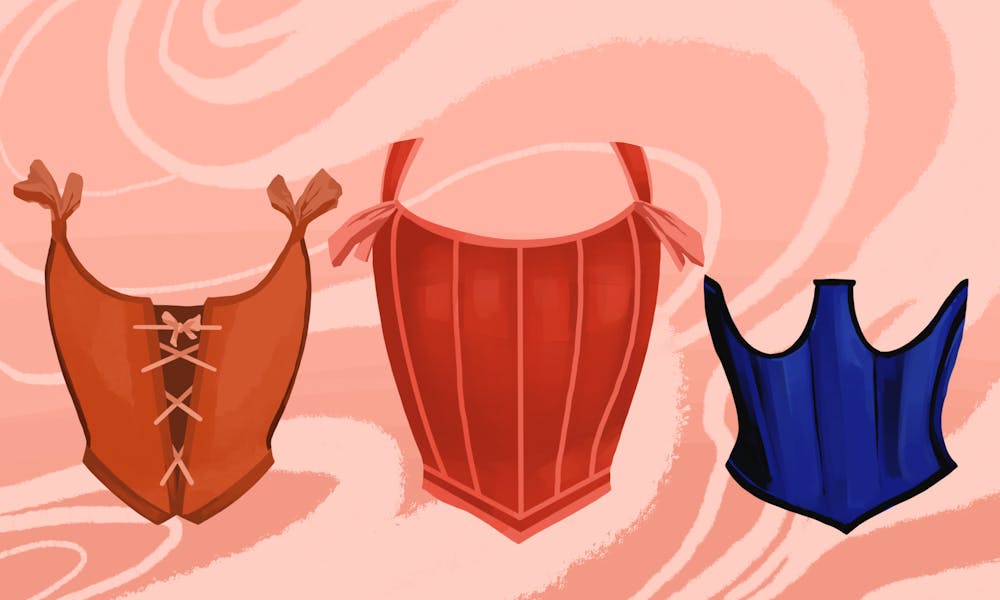Visuals of 19th century Europe are often awash with empire waistlines, gauzy fabric, and pearl–encrusted hair accessories. A Pinterest search for Bridgerton—Netflix’s latest show set in the Regency era—features enduring images of stolen glances in a sea of pastel gowns. Amidst the ruffles and powdered wigs, however, one garment has solidified its status as a staple in the fashion world—transcending both time and sociopolitical borders.
The corset is intertwined, so to speak, with paradoxical notions of femininity and patriarchy. Fashion historians estimate that the first recorded corset was worn by the Minoan people from the island of Crete in Greece. The more structured undergarment iteration of a corset appeared in the 16th century. These were referred to as “stays”: stiff bodices composed of whalebone, reed, or even wood, that molded a woman’s upper body into a conical “V” shape. Contrary to popular belief, the original corset wasn’t tightly pulled or laced to force a woman’s body into a predetermined geometric mould. Instead, women wore pads or hoops that widened the waist below the corset, providing the desired conical shape.
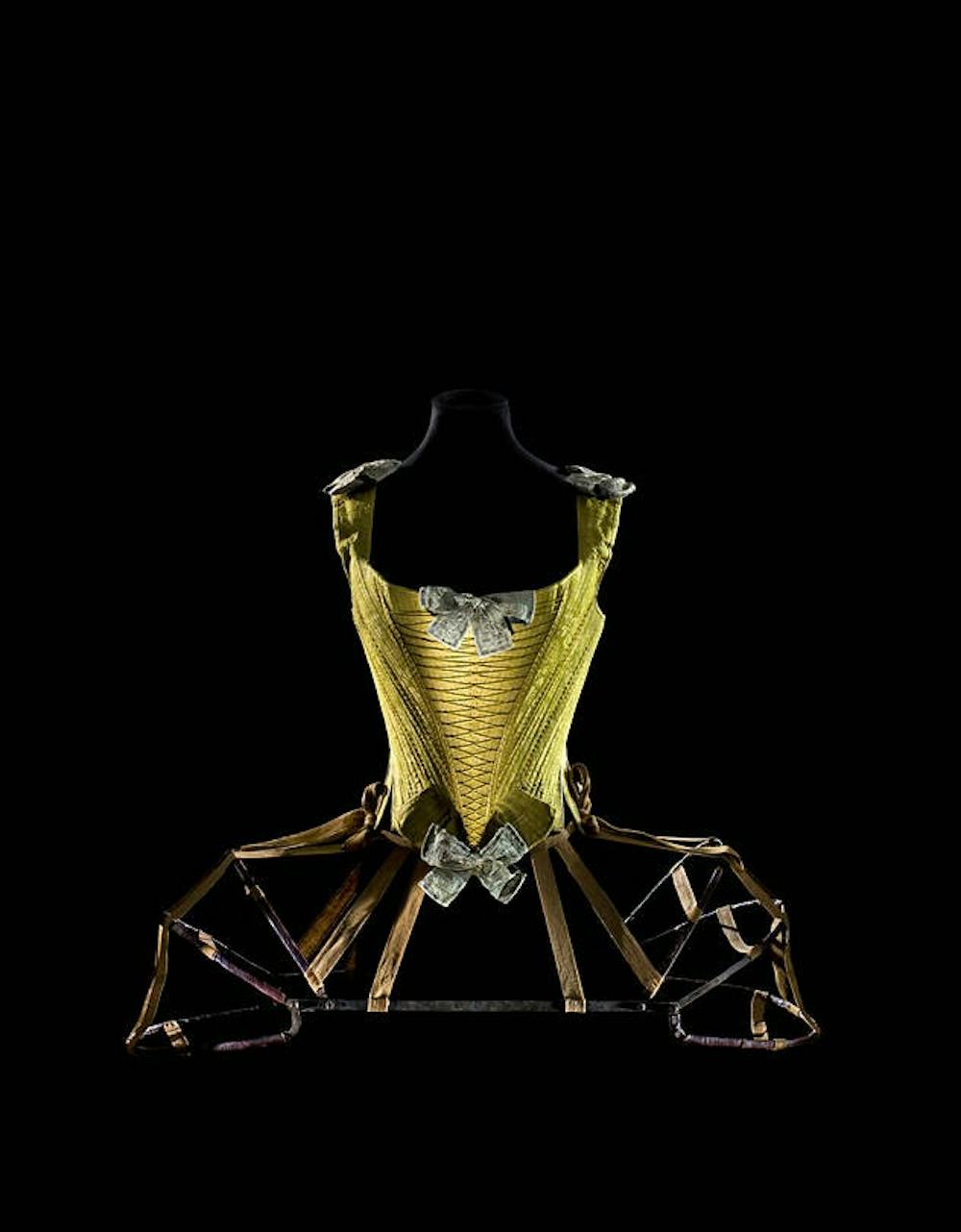
The corset epitomizes the creation of a “cultural body”—a term describing a physique modeled by social norms and expectations. Denis Bruna, the curator of the Bard Graduate Center’s Fashioning the Body, writes about this concept in a catalogue for the exhibition and explains that “the body is a reflection of the society that presided over its creation.” Accordingly, the actual shape of the corset has changed over time to accommodate changing aesthetics and ideals of beauty. In the 1800s, the corset took on its most distinctive and iconic model: the hourglass figure. A century later, the “S” figure became the dominant model for a consummate body type.
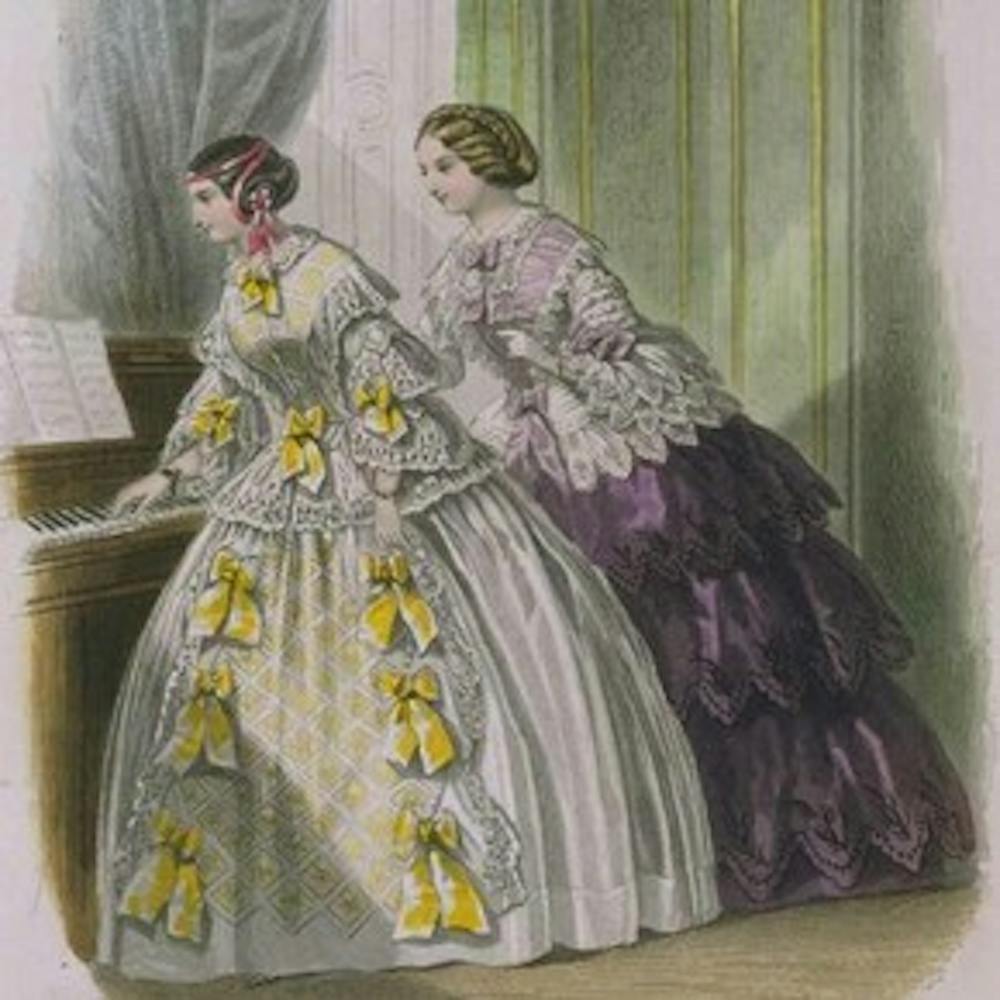
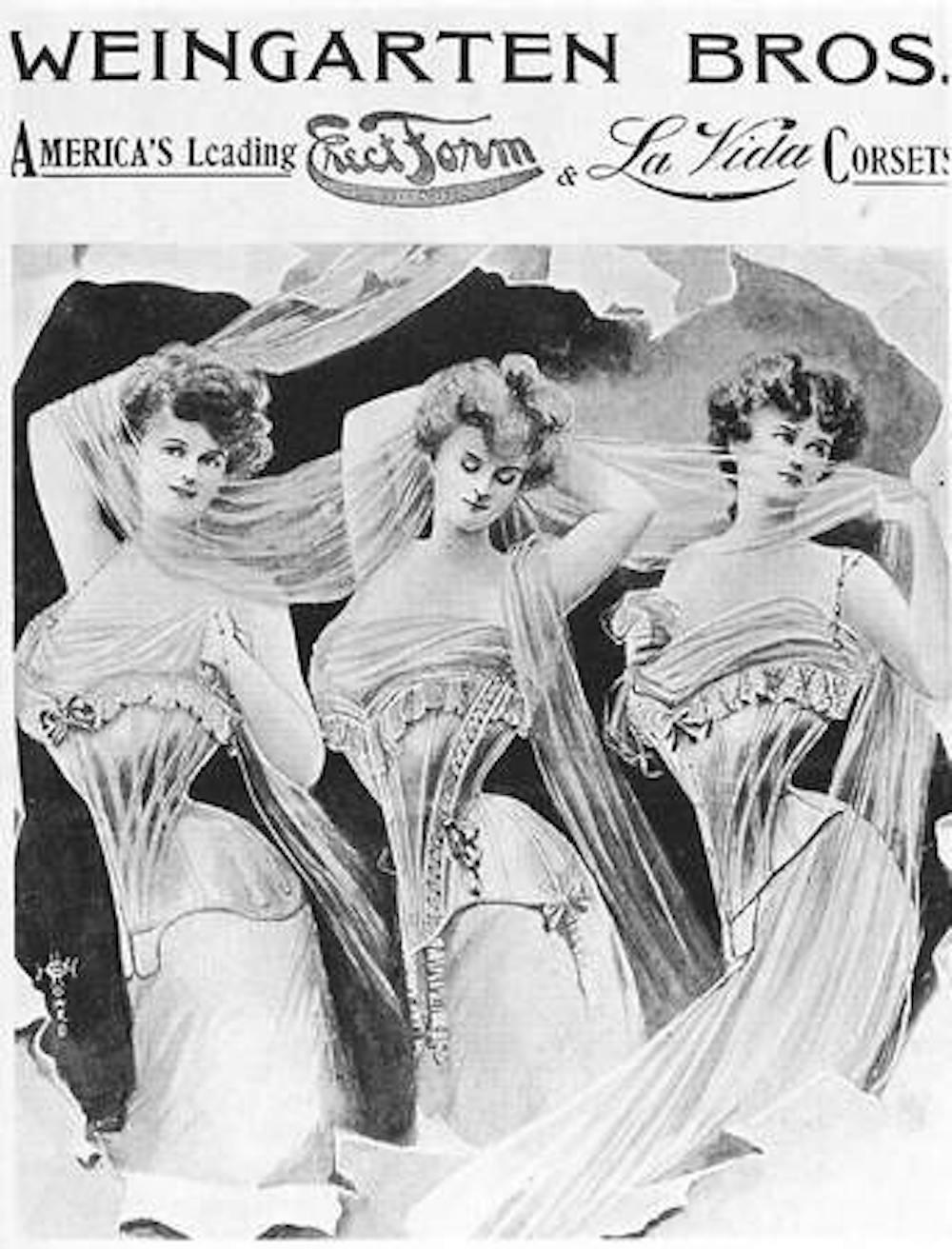
Historically, corsets have been a target for criticism. During the Age of Enlightenment, intellectuals argued that the corset was a means of censorship or blighting the natural form of the body. At the peak of the corset’s popularity in the 19th century, doctors began blaming the corset for a plethora of health risks, including respiratory disease, rib deformity, internal organ damage, birth defects, and miscarriages. Eventually, prolific designers such as Paul Poiret and Coco Chanel openly denounced the corset in the 20th century, popularizing looser silhouettes and draped construction. With the advent of flapper dresses and boxy outlines in the 1920s, corsets became a thing of antiquity.
A large amount of the criticism surrounding the corset centers on the practice of “tight–lacing,” a mechanism by which the corset was tightened with the aim of physically altering body shape. However, the image of a Regency–era woman being stuffed into a resplendent gown by tightening a shoelace bodice is more artificial than real. Fashion historians dispute the actual popularity of tight–lacing, with historian Valerie Steele arguing that the descriptions of the practice may have represented sexual fantasies rather than authentic experiences.
Hilary Davidson, a dress historian, echoes this sentiment, claiming that narrower waists would have interfered with the appearance of the dresses: “The whole idea of tight–lacing is completely pointless ... irrelevant for the fashion.” While there is anthropological evidence suggesting that corsets permanently altered the spines of Victorian women, there is little evidence suggesting that this skeletal deformity encumbered life expectancy.
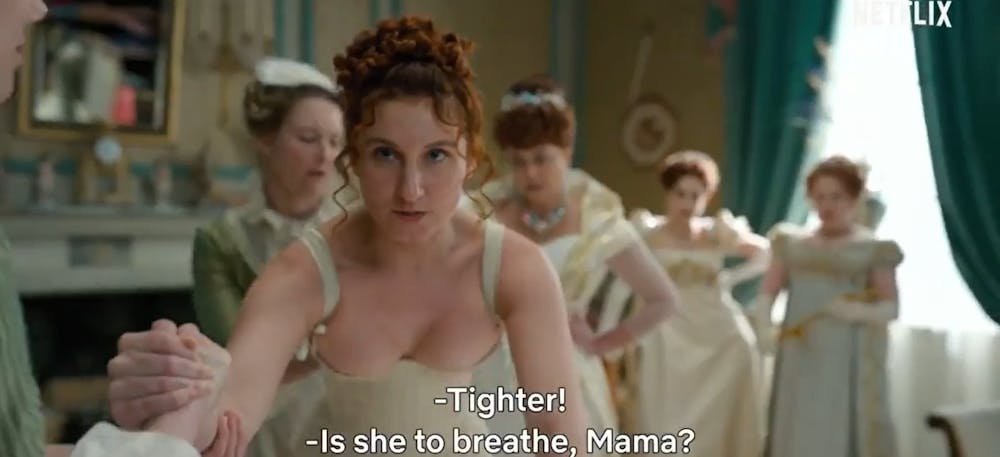
Inevitably, the corset resurfaced. In the '50s, Dior pioneered the “wasp–waist,” a new version of the Victorian corset that was termed the “guepiere.” The wasp–waist was central to Dior’s promulgation of the “New Look,” a movement that eschewed the square shoulders of the World War II era for softer, more feminine outlines.
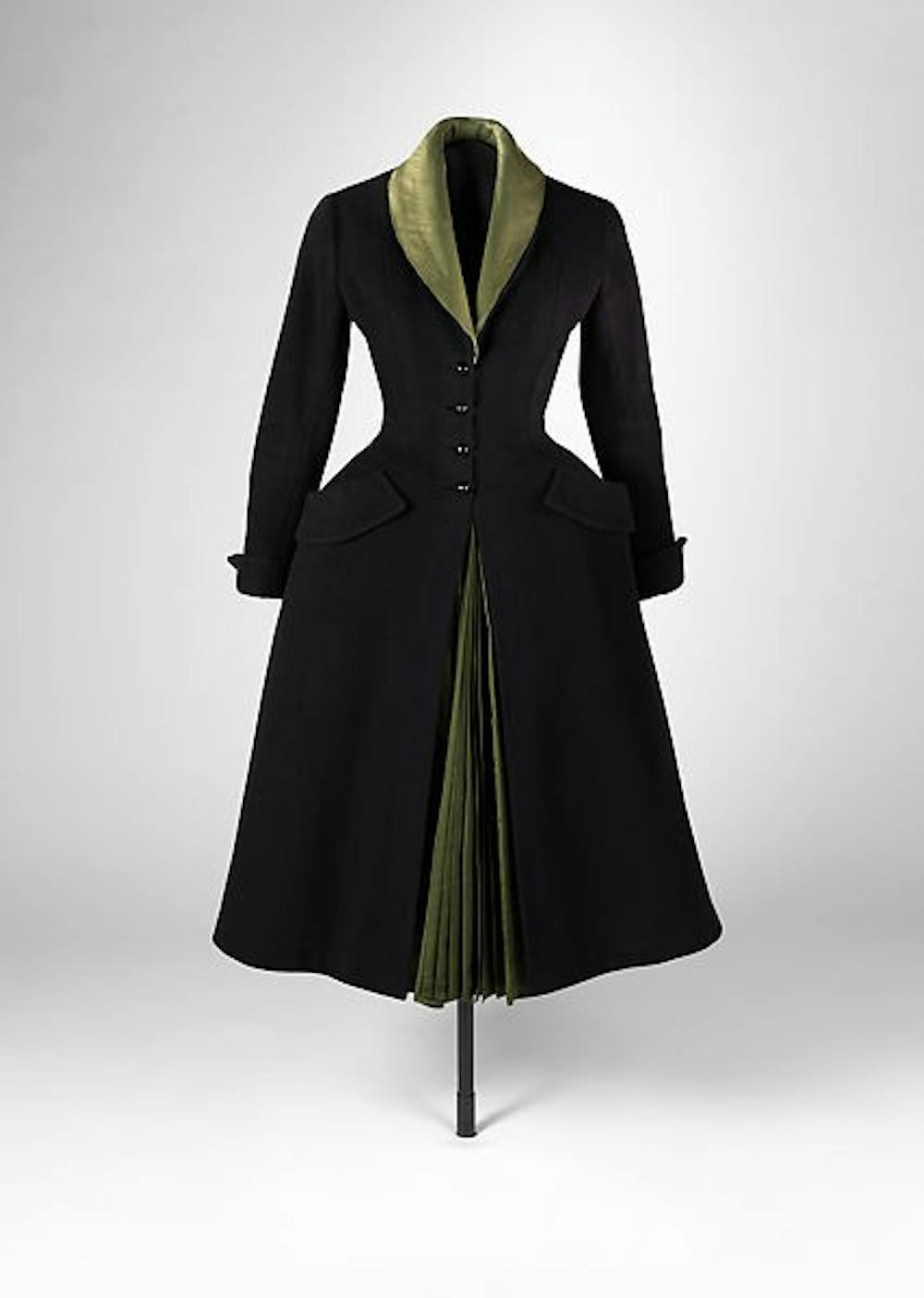
While the corset’s primary role was as an undergarment, designers began popularizing it as outerwear in the late 20th and early 21st century. Gaultier famously dressed Madonna in a pink satin corset, complete with conical breasts, while Steampunk fashion in the 2000s featured corsets layered outside of existing clothing.
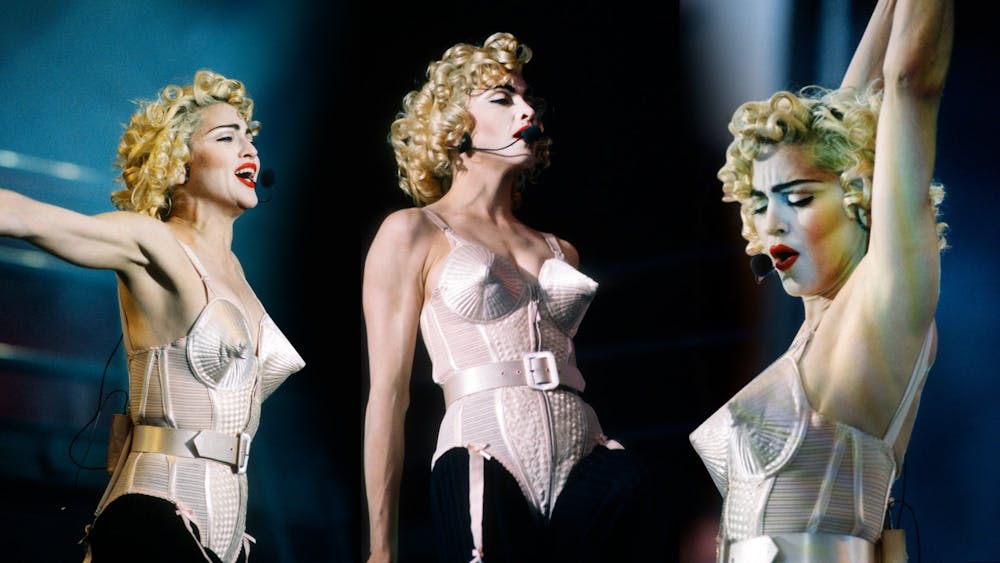
Madonna in Gaultier's pink corset/ photo courtesy of Vogue
Given the close association with the female body, it’s no surprise that the corset also manifested itself in the fitness domain. Celebrities ranging from Kim Kardashian to Jessica Alba famously promoted waist trainers, an elastic compression band worn around the waist, as a fast and easy way to achieve weight loss. Though a distant relative of the corset, the list of detrimental health effects associated with waist trainers closely resembles the negative effects of tight lacing.
In true 21st century fashion, the corset’s popularity has resurged by ways of TikTok. More specifically, a floral print corset retailed by Victoria’s Secret has amassed thousands of sales since going viral. Users also document purchases of corsets on e-retailers like Amazon and AliExpress.
The history surrounding the corset is complex and rife with feminist implications. The original, explicit purpose of the corset was to promote an ideal body type. Even though women often wore them of their own volition, they at times did so to fit a regressive norm being imposed upon them. Ultimately, the corset reflects the cultural fixation on a woman’s body. Some would argue that wearing one in this day and age is the equivalent of being laced into the fabric of the patriarchy.
However, modern feminism tells us that women can be enigmatic, autonomous, and most importantly, multifaceted. Perhaps the same can be said of the corset. While waist trainers are certainly troubling in their implications, other manifestations of the corset may actually act as a means of empowerment. A woman can choose to don a corset simply because she likes the way it looks, whether it be from Shein or Dolce & Gabbana. This implies an active agency that’s been missing from the corset’s past. With regards to the modern–day corset, women aren’t tied in. They’re the ones holding the strings.
